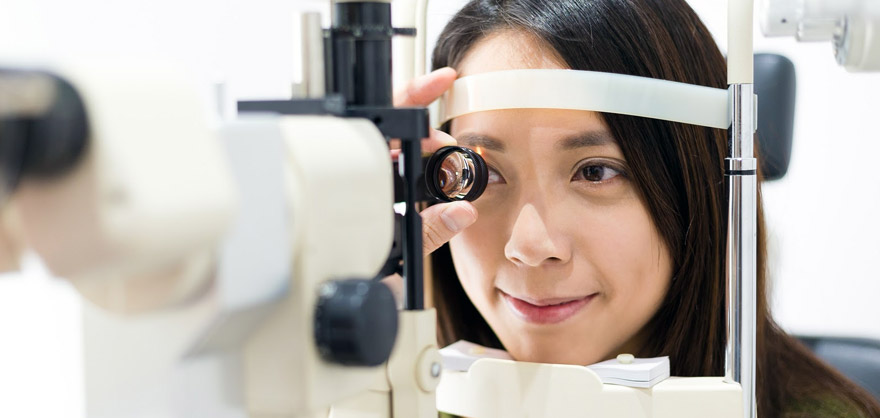All Services
- Cancer Care
- Cardiovascular Care
- Colon Care
- Diagnostic/Laboratory Services
- Emergency Care
- ENT (Ear, Nose, and Throat) Services
- Eye & Vision Care
- Imaging Services
- Intensive/Critical Care
- Kidney Care
- Mother-Baby Services
- Outpatient Resident-Managed Clinic (RMC)
- Pharmacy Services
- Pulmonary Care
- Rehabilitation Services
- Wellness Services

Eye & Vision Care
Eye Center
Our Eye Center is open to see you for your eye health, from your routine checkups and eyeglass fittings to advanced diagnosis and treatment of eye conditions.
Services:
Neurophysiology Unit
This is a specialized medical unit that focuses on the study, diagnosis and monitoring of various neurological conditions and disorders through tests like EEGs, EMGs.
This utilizes an ultrasound device for diagnostic testing that can determine the length of the eye and can be useful in diagnosing common sight disorders.
Bright Scan ultrasonography is a diagnostic imaging tool utilized when the view to the back of the eye, or posterior segment is hindered.
A specific type of fundus photography focused on capturing detailed images of the optic disc (the point where the optic nerve enters the retina) and the surrounding retinal area. This procedure is essential for diagnosing, monitoring, and managing conditions affecting the optic nerve.
A non-invasive imaging technique used to capture detailed images of the interior surface of the eye, including the retina, optic disc, macula, and posterior pole (the back of the eye).
Used to visualize the circulation of the retina and choroid, which are the layers at the back of the eye. It uses a contrast dye and a specialized camera to highlight your blood vessels.
A test that helps in diagnosing and monitoring diseases that affect the visual field, such as glaucoma, optic neuropathies, and retinal diseases.
A non-contact imaging technique that produces high-resolution cross-sectional images and quantitative measurements of the anterior segment and its anatomical structures.
A non-invasive imaging technique used to obtain high-resolution cross-sectional images of the retina, particularly focusing on the macula.
This type of OCT scan is crucial for diagnosing and monitoring glaucoma and other optic neuropathies.
A diagnostic procedure used to measure the thickness of the cornea
A medical procedure which uses a laser device to create a hole in the iris, thereby allowing aqueous humor to traverse directly from the posterior to the anterior chamber and, consequently, relieve a pupillary block.
A laser procedure used to treat a condition called posterior capsule opacification (PCO) sometimes referred to “secondary cataract,” which can occur after cataract surgery.
Performed in proliferative diabetic retinopathy to prevent severe vitreous haemorrhage. The laser causes regression of the abnormal blood vessels which grow at the back of the eye on the retina in diabetic patients.
Location
Medical Arts Building, Ground Floor
Contact Details
Trunkline: (02) 8716-3901 local 1299
Mobile: 0921 852 8513
Email Address: ecc@ollh.ph
